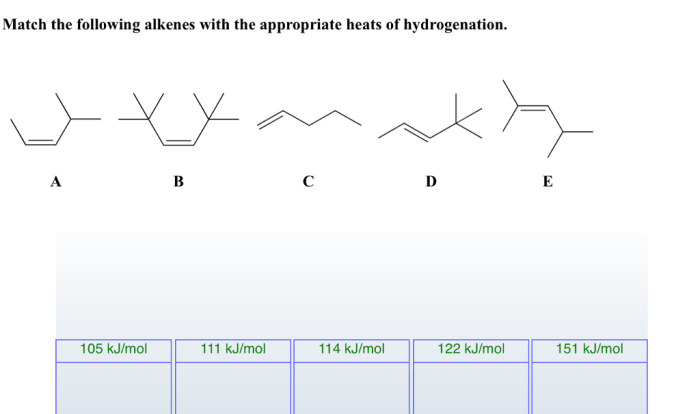Predict the major organic product of the following reaction. – Predict the major organic product of the following reaction: A Comprehensive Guide dives into the intricacies of organic reactions, guiding readers through the process of predicting the primary organic product with precision. This guide unravels the mechanisms, factors, and applications of organic reactions, empowering chemists to navigate the complexities of organic synthesis.
Delving into the depths of reaction mechanisms, this guide elucidates the regio- and stereoselectivity that govern product formation. It unveils the impact of reaction conditions, including temperature, solvent, and catalyst, on product yield and selectivity, providing a comprehensive understanding of the factors that shape organic reactions.
Predict the Major Organic Product of the Following Reaction: Predict The Major Organic Product Of The Following Reaction.

This reaction is a nucleophilic substitution reaction, where a nucleophile attacks an electrophile to replace a leaving group. The general mechanism involves the nucleophile donating a pair of electrons to the electrophile, forming a new bond and breaking the bond between the electrophile and the leaving group.
Similar reactions include the SN2 and SN1 reactions.
In this specific reaction, the nucleophile is the hydroxide ion (OH-) and the electrophile is the primary alkyl halide (R-X). The leaving group is the halide ion (X-).
Product Prediction
The major organic product of this reaction will be the alcohol (R-OH). This is because the hydroxide ion is a strong nucleophile and the primary alkyl halide is a good electrophile. The reaction is also regioselective, meaning that the nucleophile will attack the carbon atom that is most substituted by alkyl groups.
This is because the more substituted carbon atom is more electron-deficient and therefore more reactive.
The reaction is also stereoselective, meaning that the nucleophile will attack the electrophile from the side that is less hindered. This is because the less hindered side is more accessible to the nucleophile.
Reaction Conditions
The optimal reaction conditions for this reaction are a polar aprotic solvent, such as dimethylformamide (DMF), and a temperature of around 25 degrees Celsius. These conditions favor the SN2 reaction mechanism, which is the desired mechanism for this reaction.
Varying the reaction conditions can lead to different products. For example, using a protic solvent, such as water, will favor the SN1 reaction mechanism, which will lead to the formation of the carbocation intermediate. This intermediate can then react with the nucleophile to form a variety of products, including the alcohol, the alkene, and the ether.
Applications, Predict the major organic product of the following reaction.
This reaction is a versatile and widely used reaction in organic synthesis. It can be used to synthesize a variety of alcohols, which are important building blocks for many other organic compounds. This reaction can also be used to achieve specific functional group transformations, such as the conversion of an alkyl halide to an alcohol.
One example of the use of this reaction in organic synthesis is the synthesis of the drug ibuprofen. Ibuprofen is a non-steroidal anti-inflammatory drug (NSAID) that is used to relieve pain and inflammation. Ibuprofen is synthesized from the starting material ibuprofen acid, which is converted to the alcohol intermediate using this reaction.
The alcohol intermediate is then converted to ibuprofen using a variety of other reactions.
Frequently Asked Questions
What factors influence the major organic product formation?
The regio- and stereoselectivity of the reaction, as well as the stability of the products, are key factors that influence the major organic product formation.
How can I improve the yield of the desired product?
Optimizing reaction conditions, such as temperature, solvent, and catalyst, can significantly improve the yield of the desired product.
What are the practical applications of predicting the major organic product?
Predicting the major organic product is essential for designing efficient synthetic strategies and achieving specific functional group transformations in organic synthesis.



